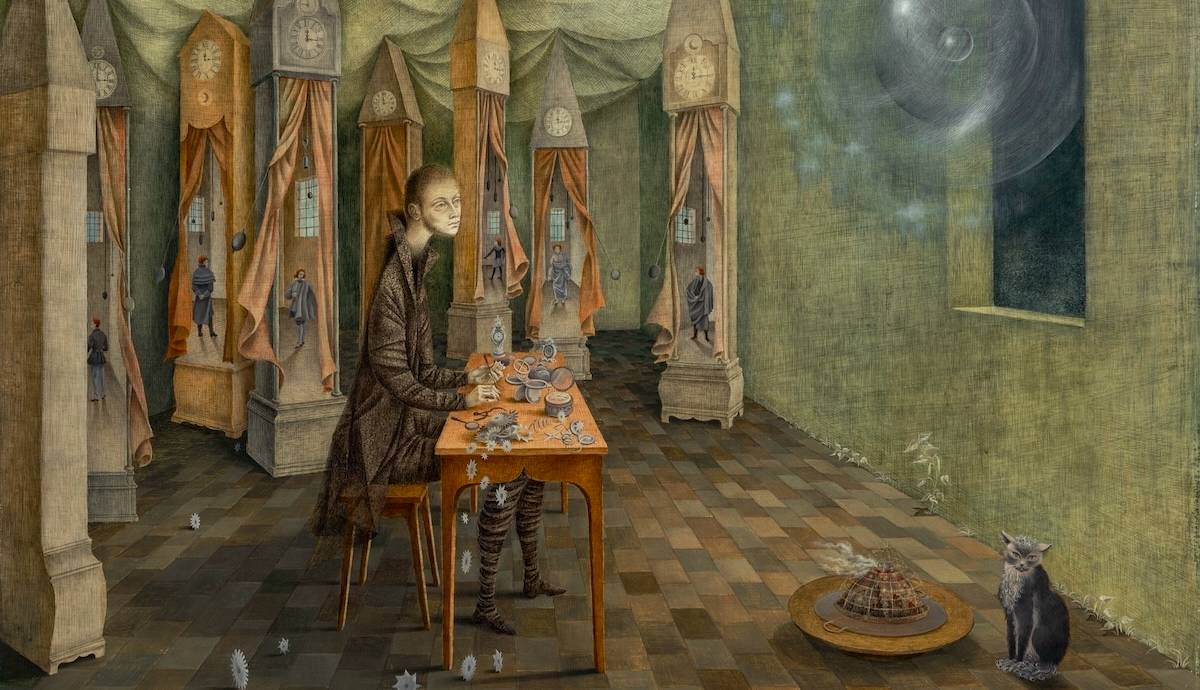
Prehistoric art examples of human and animal sculptures saw the light of day, when archaeologists from Turkey uncovered them. The items may be the earliest painted figures ever discovered, based on pigment remains. These archaeological sites, according to many, have a connection with ancient biblical records. The Turkish Ministry of Culture and Tourism supported the excavation.
Prehistoric Art at the Oldest Farmers Settlements in the World

When Turkish ministry announced the findings, they also described them as “most impressive examples”of prehistoric art. The digging happened in Karahan Tepe. One of the findings was a human statue. The ministry described it as “one of the most realistic sculptures of the period”. The sculptural work highlights a man’s shoulder bones, back, and ribs.
Also, his authentic looks on the face. It is over seven feet tall. The site goes back to roughly 9,400 BCE. This shows that this piece might be the earliest known human monument of its sort. It can be even older than the Urfa Man which dates to ca. 9,000 B.C.E. Archaeologists also found a statue of a vulture, as officials also mentioned in their statement.

Karahan Tepe is in Upper Mesopotamia. All things considered, the oldest settlements of farmers in the world originated in this area. It lies about 37 miles east of Şanlıurfa. Many think this place is a historic city of of Ur Kaśdim, or Ur of the Chaldeans. As officials also stated, Jews, Christians, and Muslims consider this site as holy place.
Many Religiously Important Sites

Many people contend that Anlurfa is the origin of the Old Testament figure, Abraham, or Ibrahim in Islam. The three “Abrahamic” faiths are credited to Abraham as their founder. Additionally, some people think it is where the biblical character Job originated. But, Job can also be an allegorical story.
At the nearby site Göbekli Tepe archaeologists also uncovered a realistic untamed boar sculpture. Red, white and black pigment residues make it “the first painted sculpture found from that period to the present day”, the ministry said in a statement. The site was discovered by universities in Istanbul and Chicago in 1963. Diggings took place in 1995.

“There are multiple temples in this place, which is not used as a residential area and serves only religious purposes. In this respect, it is considered not only the oldest but also the largest center of worship in the world”, according to the Turkish ministry of culture.









